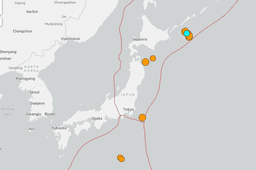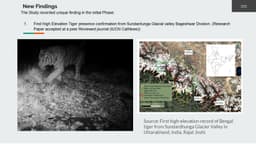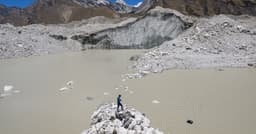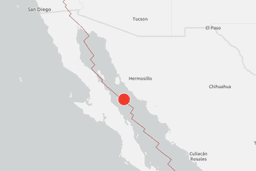Home / Environment / Vanishing Species: How Warming Threatens Earth's Delicate Ecosystems
Vanishing Species: How Warming Threatens Earth's Delicate Ecosystems
10 Nov
Summary
- 95% of all species wiped out in the Great Dying 251 million years ago due to global warming
- Climate change causing birds to shift ranges, lose body condition, and decline in survival rates
- Corals in Lakshadweep Islands have lost nearly 50% of live cover due to bleaching
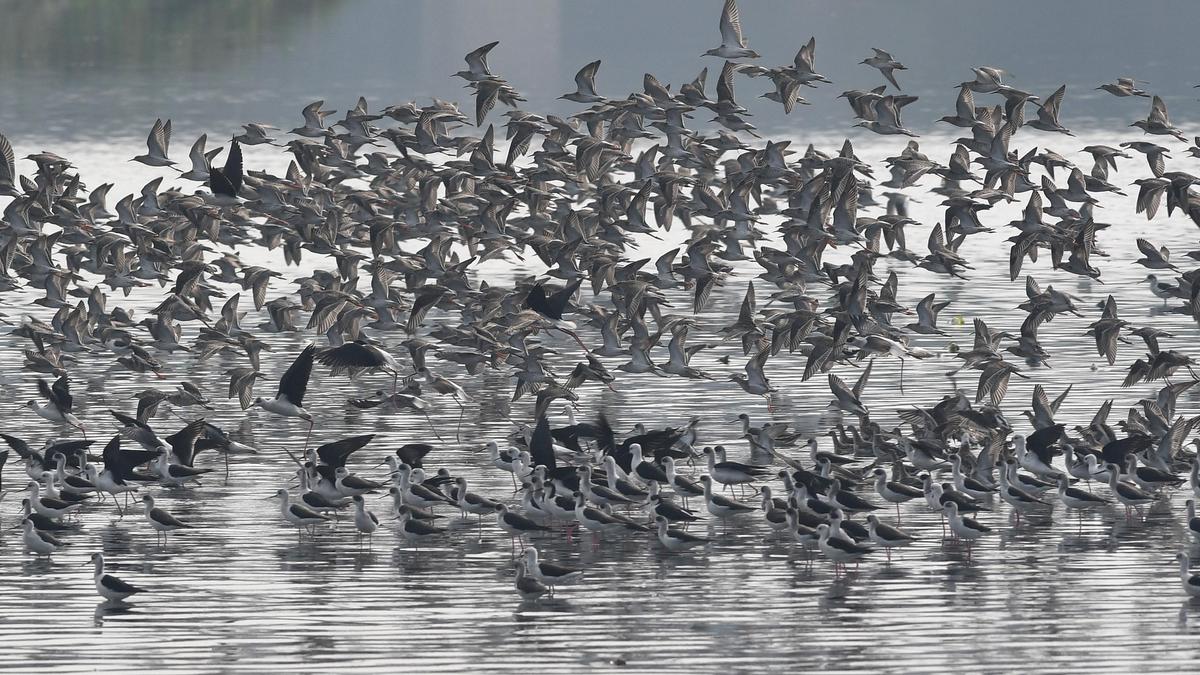
In 2025, the world faces a looming crisis as climate change accelerates at an alarming rate. The article examines how the impacts of global warming are already devastating Earth's delicate ecosystems and wildlife.
251 million years ago, the Great Dying saw 95% of all species wiped out due to a runaway greenhouse effect triggered by volcanic eruptions in Siberia. Today, a similar catastrophic scenario is unfolding, with climate change emerging as the defining crisis of our time.
Researchers have observed montane bird populations in the Himalayas shifting their ranges to higher elevations in search of cooler temperatures. However, these birds are struggling to survive in the warmer, drier conditions of logged forests, which can be up to 6°C hotter than primary forests. This has led to shifts in their food sources and declining body condition and survival rates.
The marine realm is also under severe stress. In the Lakshadweep Islands, nearly 50% of live corals have been lost to bleaching due to global warming. Meanwhile, some species like the green turtle have benefited from the abundant growth of algae and seagrass during hot years, leading to a population explosion.
Experts warn that the intensifying impacts of habitat loss and degradation, combined with climate change, pose an existential threat to many species. They emphasize the need for comprehensive data collection, community-based conservation efforts, and global action to address the root causes of this crisis.
